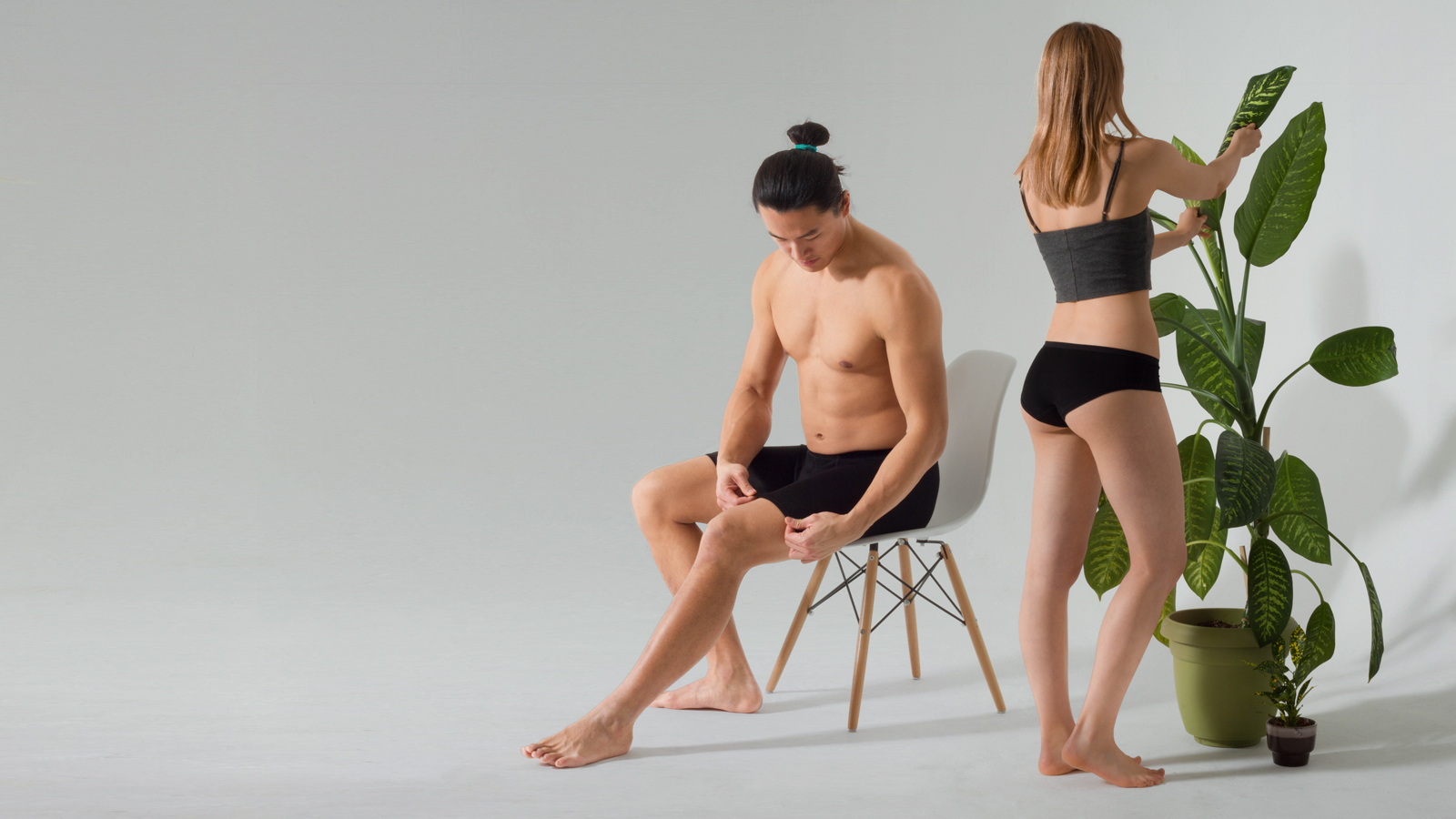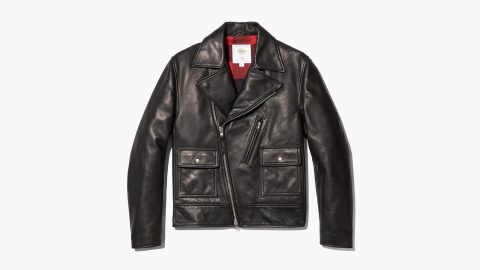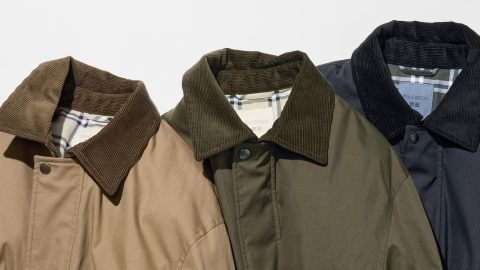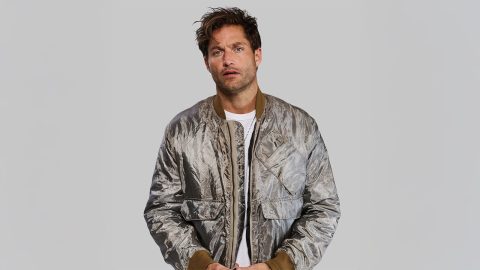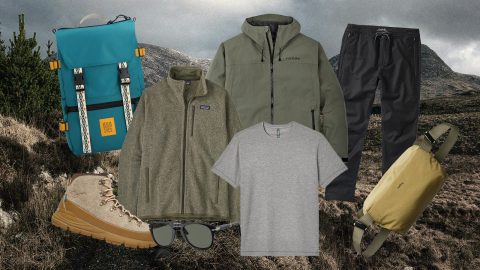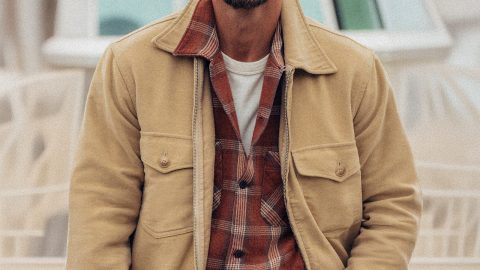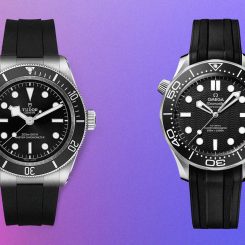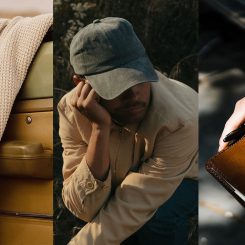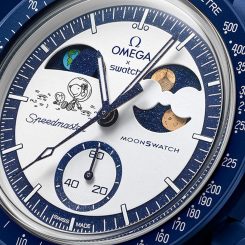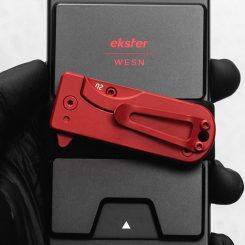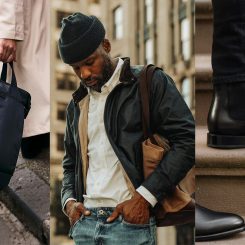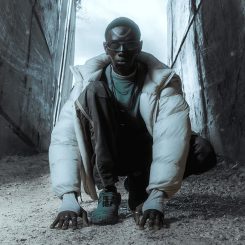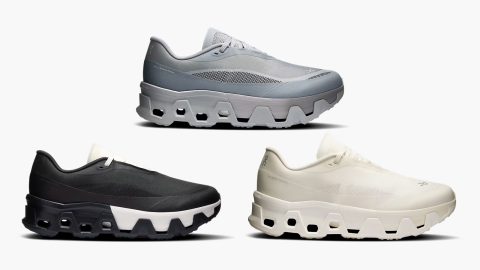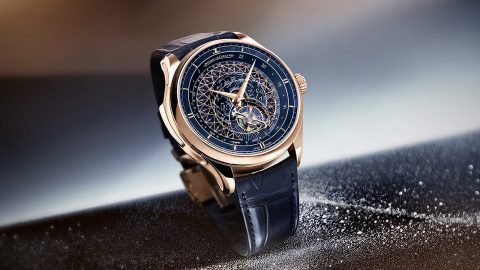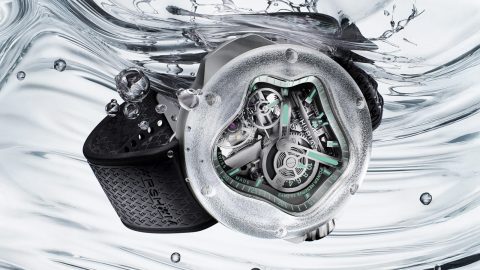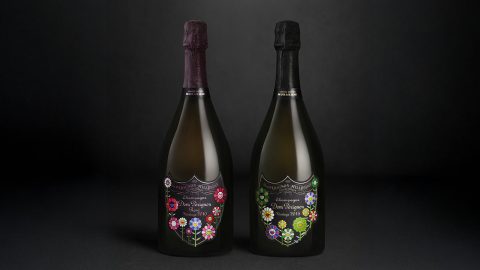Behind the Scenes: Element Pure
March 18, 2017
byLaura Maurer
-
Style Noah’s Leather Cruiser Is Rugged Luxury Done Right
Built to wear in beautifully, Noah’s Leather Cruiser is an investment in understated confidence.
-
Style Uniqlo’s Quiet Bomb: The Affordable Tech Jacket Built For Brutal Winters
Fusing military style with high-performance heat tech.
-
Style Go Ghost Mode With Vollebak’s NASA-Grade Jacket
This futuristic bomber turns your phone pocket into a Faraday cage.
-
Style Trail to Town: Fall Gear That Does Both
This fall gear pulls double duty—rugged enough for adventure, refined enough for everything after.
-
Style Buck Mason’s Italian Doeskin Jacket Is Rugged Luxury Perfected
The Station Jacket is understated, durable, and effortlessly stylish.

